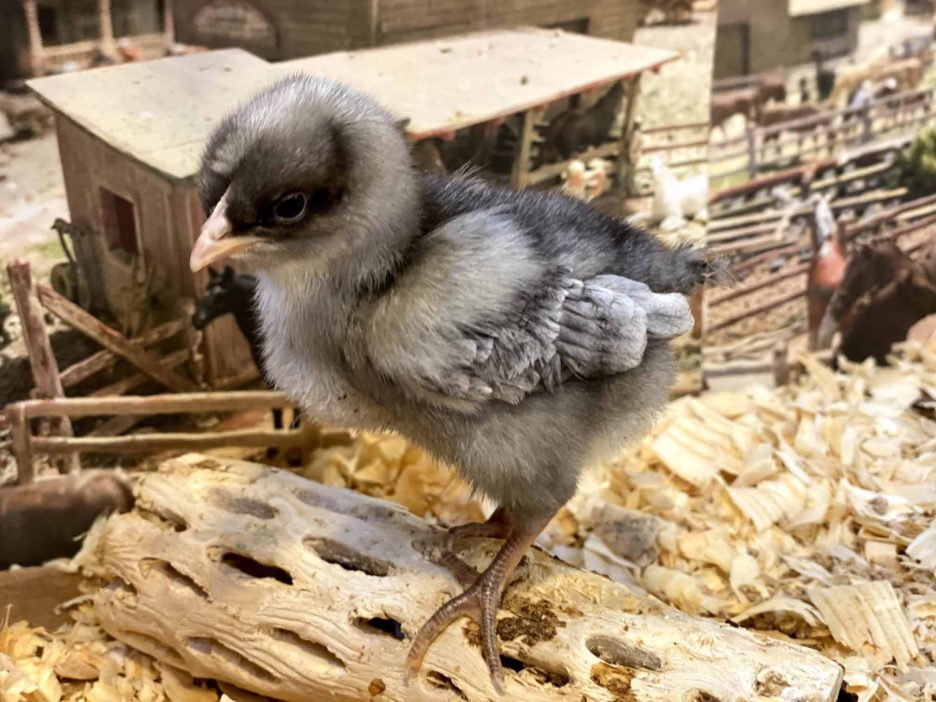
It functions like chewing molars, or a mortar and pestle. It’s muscular and has abrasive grit inside. Once the chicken is in a safe place and ready to digest, the food progresses to the proventriculus, where it gets exposed to acidic digestive juices and becomes softened in preparation for the gizzard. Swallowed food goes into their crop, which is like a holding area.

To grasp how this might be possible, let’s look at the digestive process of a chicken. In the morning they search the droppings and discover it has been cleaned inside the bird and that it possesses in addition a whiteness not inferior to the original. Whenever a real pearl becomes dirty and has lost its lustre…they cast the gem as food to a rooster in the evening. Translated from an ancient Egyptian collection of gemstone treatments in Papyrus Graecus Holmiensis, one practice involved passing precious pearls through a chicken in order to clean them. Specifically, prescriptions for pearl-whitening and cleaning…inside chickens. And, whether the Sri-Lankan sapphire story is fair or fowl, there is previously proven precedent pertaining to pearls and poultry. If a corundum-eating chicken swallowed spicy peppers doused in Tabasco, went snorkeling in volcanic hot-springs and passed out on a blistering white-sand beach at high-noon it still wouldn’t come anywhere close to recreating the temperatures used in even moderate conventional heat-treatment.īut it’s not completely crazy. After making sure that no one else was listening, he leaned forward and in a dead-serious voice whispered: “These we feed to our chickens.” Photo credit: Eager to learn more about this highly secret art, he was pressed for details.

He claimed that most sapphires or rubies are best treated in a fire or oven but, for a small minority, more gentle heating was needed. Hughes in his landmark book “ Ruby & Sapphire.” Chicken heat treatmentĪmong the more unusual methods was that described by a Sri Lankan gem dealer. Over time this moved to crucibles, kilns and furnaces.īut the most fascinating and fanciful tool may be one reported by Robert W. The first practitioners, centuries ago, placed suitable stones on burning charcoal and used blowpipes to increase the heat.

It’s well-known that applying high temperatures to certain gemstones, including rubies and sapphires, can enhance their colors and soften inclusions. The Egyptians, Greeks and Romans used dyes, coatings, oils and other methods to improve the color, durability and luster of their gemstones and pearls.

Treatments have been used to enhance the appearance of gemstones since ancient times.


 0 kommentar(er)
0 kommentar(er)
